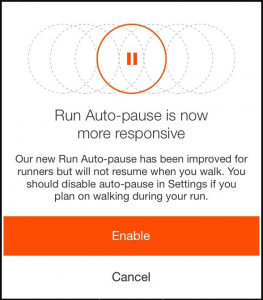
Over the last four years the mobile team at Strava has shipped more than fifty releases across Android and iOS. Our release cycle has varied from over three months for huge monolithic features to less than a week for hotfixes of issues discovered shortly after releasing. Historically app updates and new feature releases have been tightly coupled. As demands on each release escalated we saw release dates slip and quality jump around due to making concessions trying to push a release out the door. After going through a particularly ambitious release in early Spring 2015 we needed to reassess how and when we release. Read on to learn how we made a drastic change in our release and development cycle and adopted an entirely new mindset when it comes to delivering features on Strava mobile.
View More.

Every time an athlete uploads an activity to Strava, the server analyzes the activity and calculates various metrics for it. For each activity, the server calculates "elapsed time" (the time between the athlete starting the recording and ending it), and "moving time" (a measure of how long the athlete was actually moving). Moving time is then used to calculate additional statistics such as splits and pace data for runs.
View More.

At Strava, we strive to produce quality software to serve and motivate the world's athletes. As part of that mission, we are constantly updating and refining our user experience. And few things make for a worse user experience than the app crashing.
View More.

In March, we released the Strava 4.0 Android and iPhone Apps, which featured a completely redesigned Activity Feed. In order to bring the new design from a concept to a functional product, both platform teams went through several iterations of implementation and performance tuning. This post highlights some of the techniques we used along the way, obstacles we faced and limitations we discovered.
View More.



